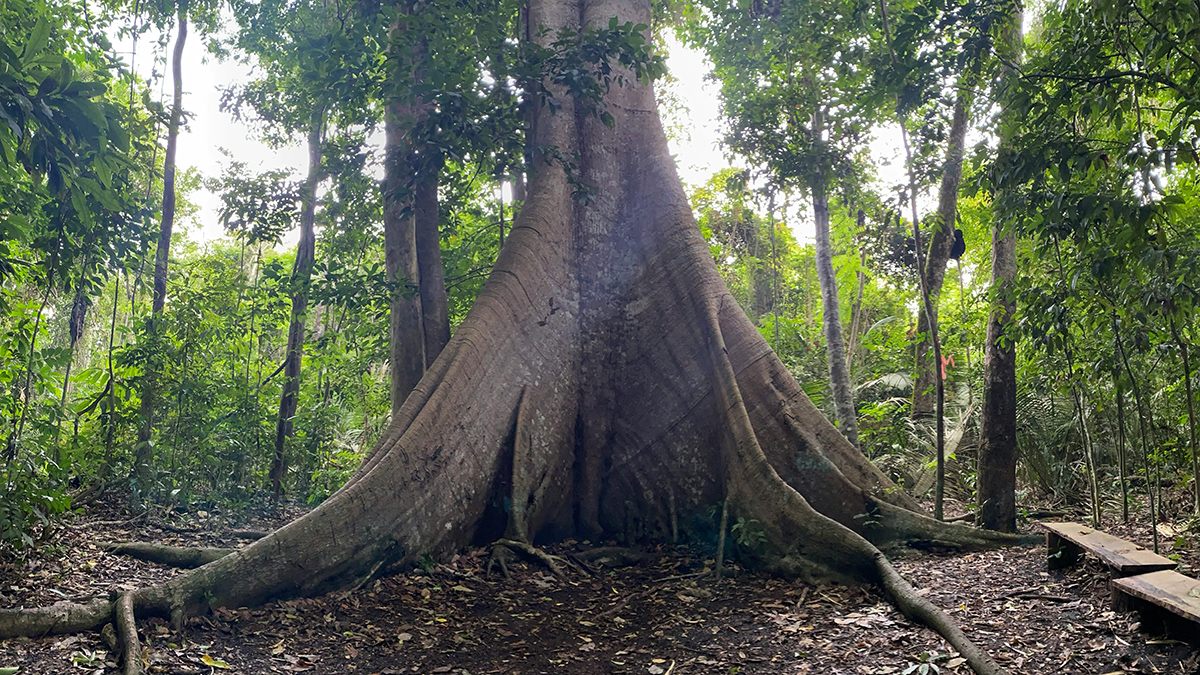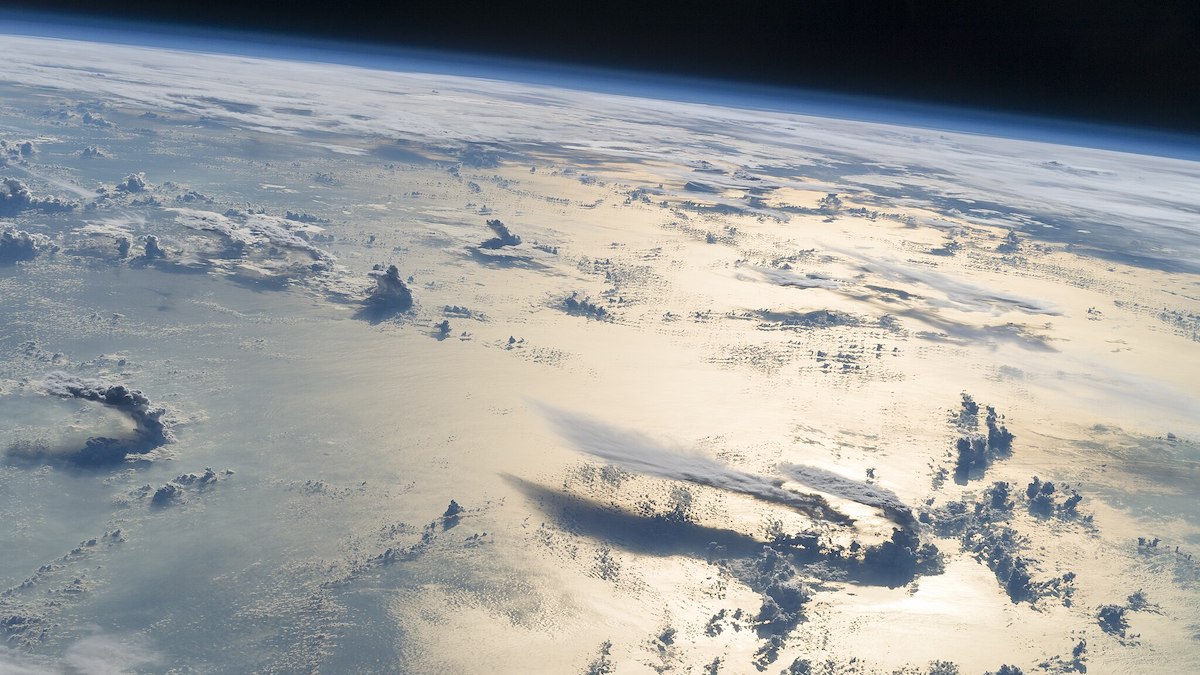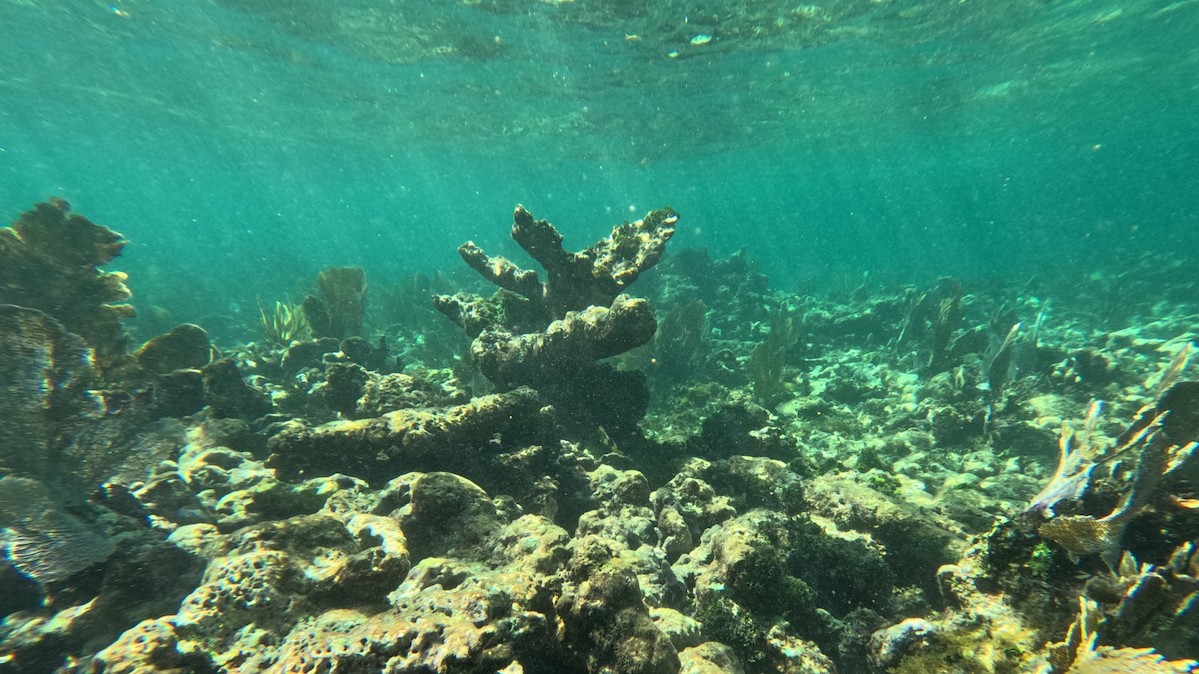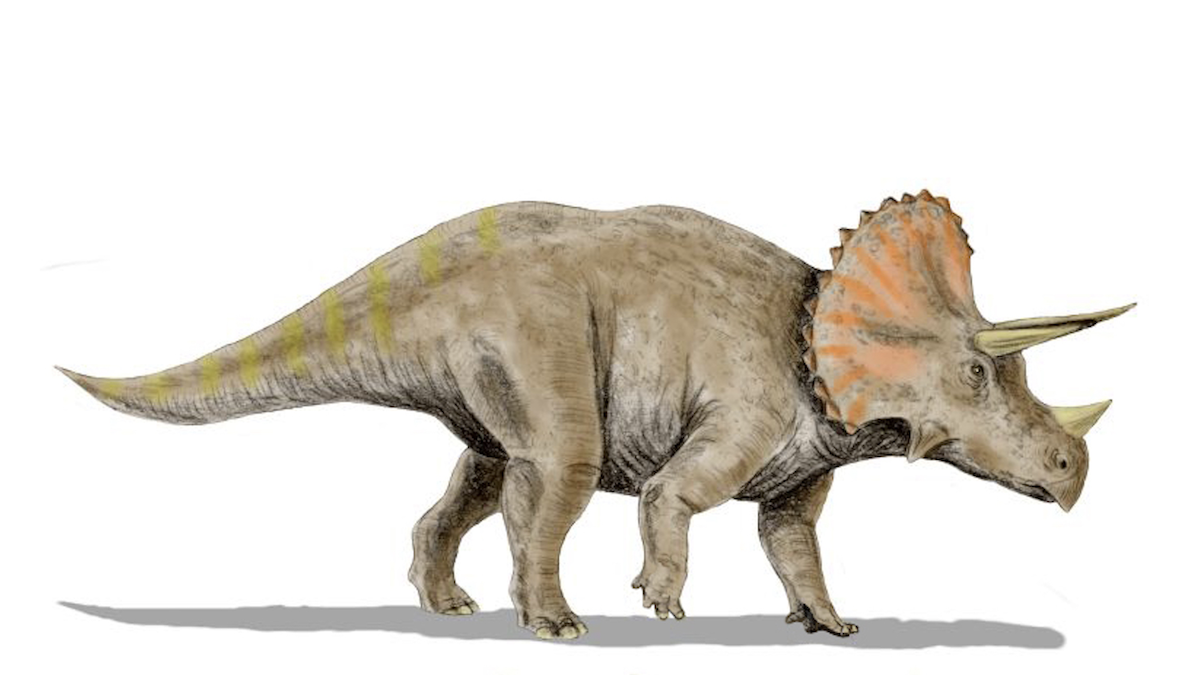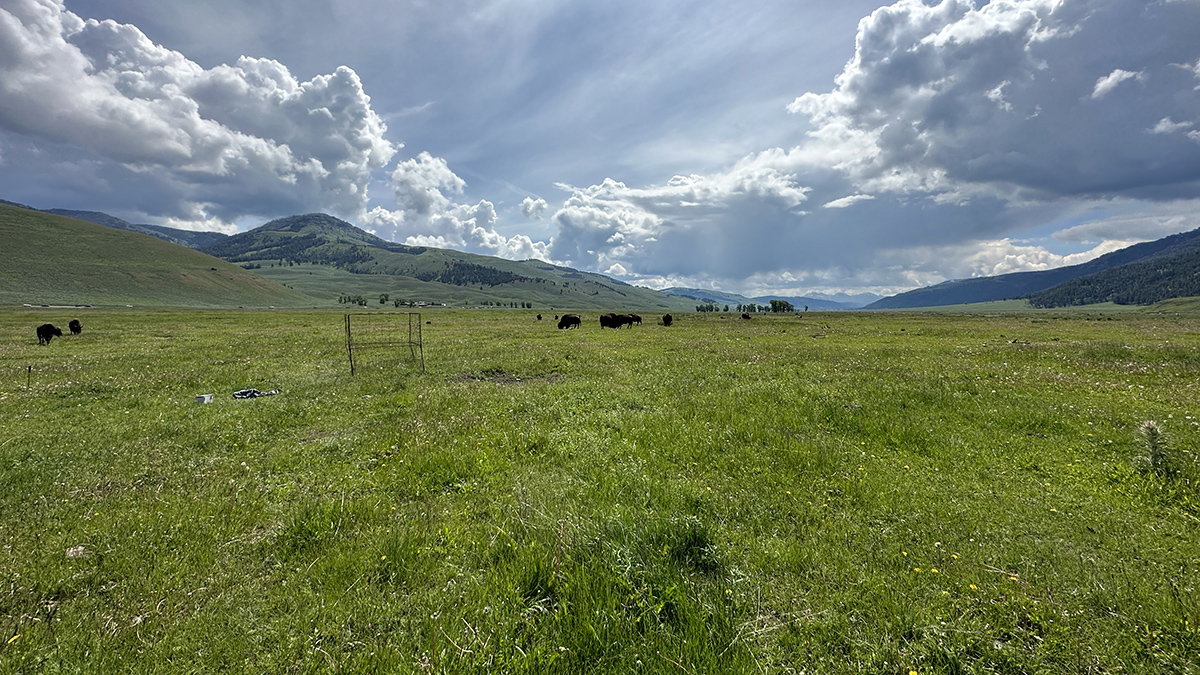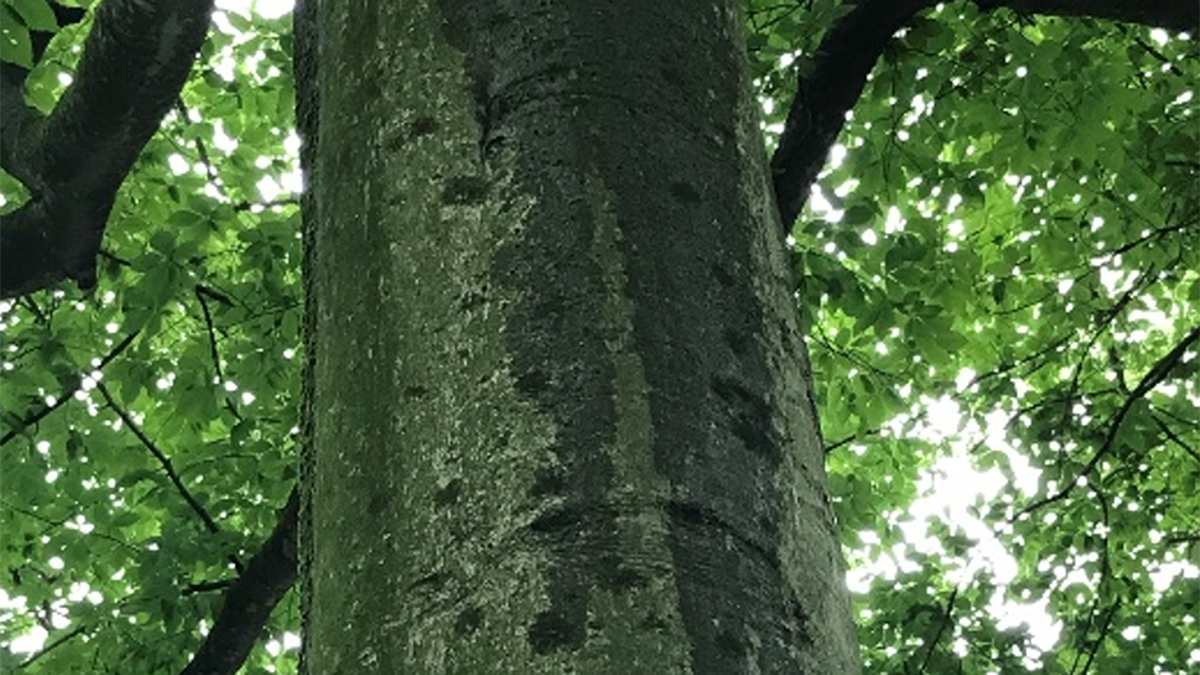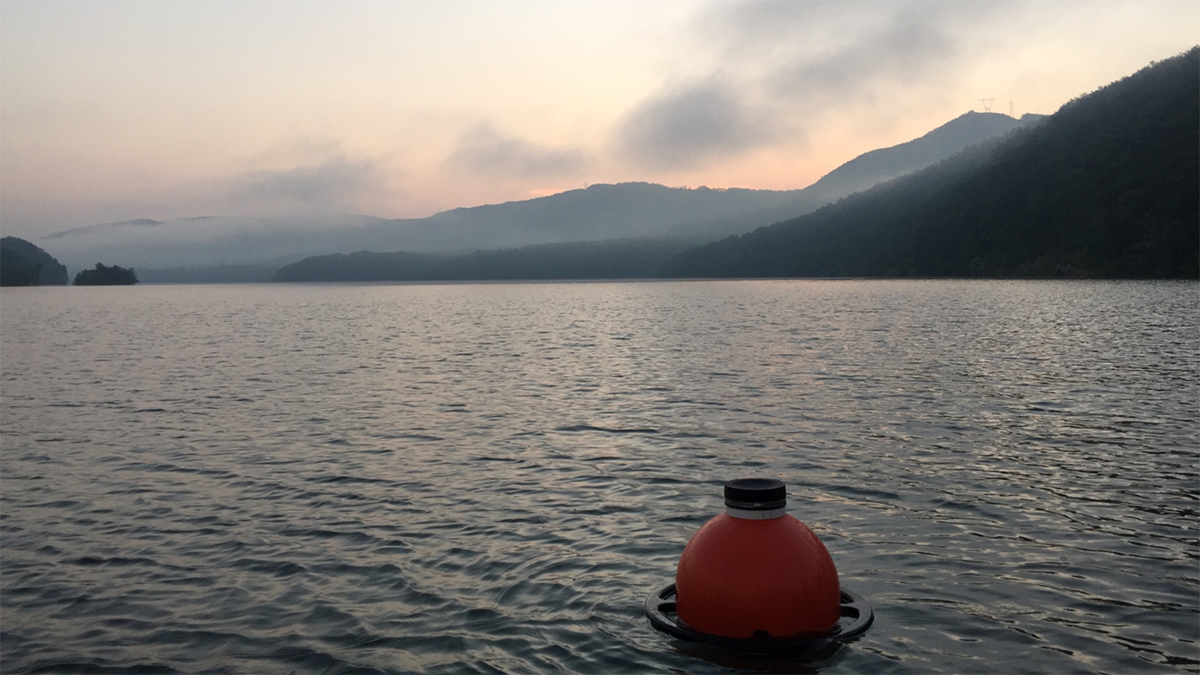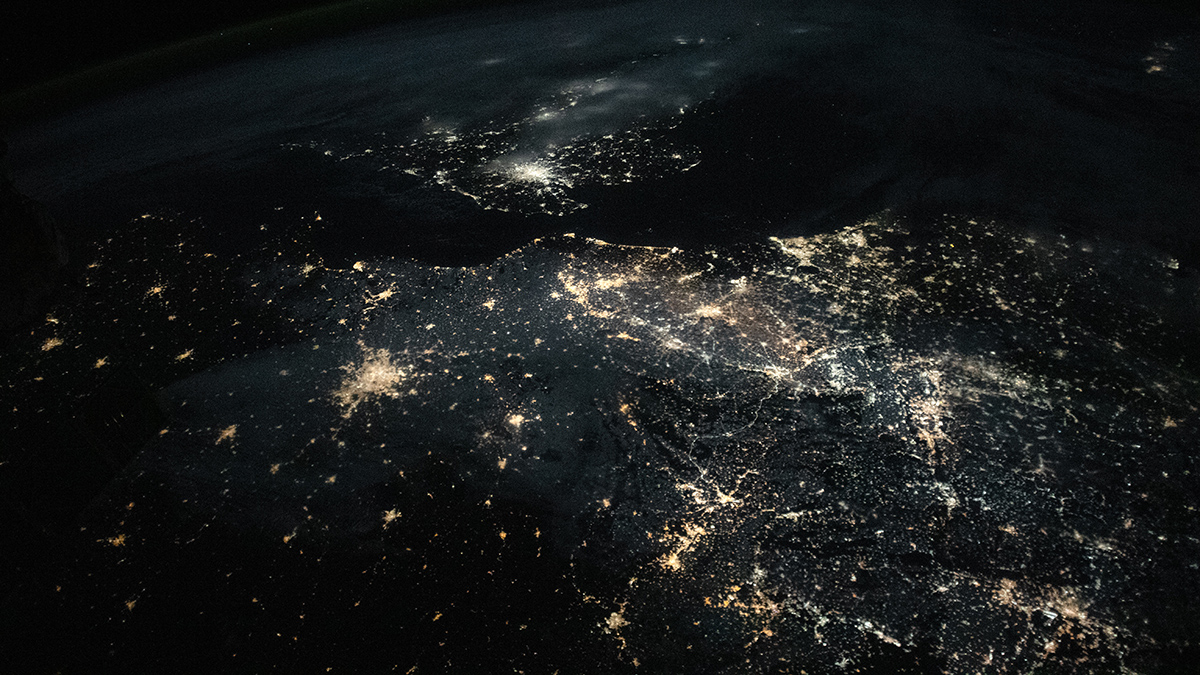New data show resilience among the rainforest’s giants, though scientists warn that nutrient limits and rising heat could end the trend.
ecology
The Role of a Ditch in the Matrix
These constructed waterways are often a “no-man’s-land” between terrestrial scientists and limnologists. But ditches’ role in transport, agriculture, biodiversity, greenhouse gas emissions, and even archaeology means it’s time to take a closer look.
Earth System Engineers Take Planetary Alterations to Extreme Scales
A new framework argues Earth scientists should employ the concept of ecosystem engineering across geologic time and space.
As Seas Rise, Corals Can’t Keep Up
Coral reef growth rates in the tropical western Atlantic have slowed to a fraction of what they once were, erasing coastal protection benefits they once offered.
Move Over, Beavers. Dinosaurs Might Also Have Been Nature’s Engineers
Late Cretaceous dinosaurs may have cut back vegetation, creating large floodplains. When the asteroid hit, those floodplains became forests, a new study argues.
Free-Roaming Bison Graze Life into Grasslands
A new study suggests that Yellowstone’s herd of bison accelerates nutrient cycling, offering a glimpse into the North American plains of yesteryear.
Marine Protected Areas Show Promise for Kelp Forest Recovery
Kelp forests are under increasing stress as oceans warm, but decades of satellite data have revealed the importance of maintaining fishing-restricted areas for climate resilience.
Waterworks on Tree Stems: The Wonders of Stemflow
Stemflow hydrodynamics offers rich physics that seeks to describe water and matter cycling within the atmosphere-biosphere-geosphere with implications for water resources planning.
Advances in Ecological Forecasting
AGU and ESA invite contributions to a cross-society special collection on ecological forecasting across ecosystems and scales.
Artificial Light Lengthens the Urban Growing Season
New research shows that artificial light at night lengthens the plant growing season in cities, overshadowing the effect of high urban temperatures.

